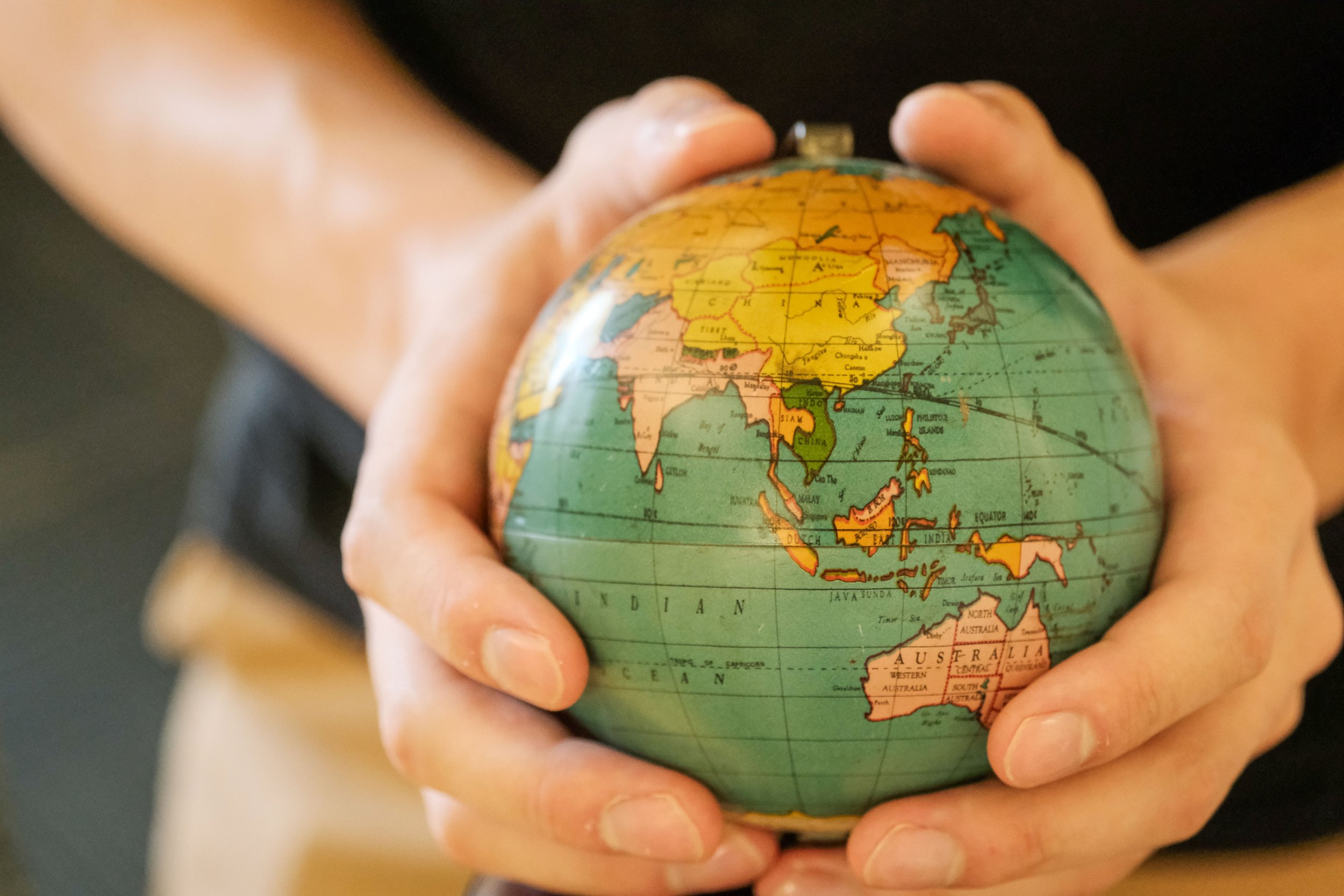Home

I do not know the way Home.
I learned how to walk in Saudi Arabia. I had my first crush in Pakistan, celebrated my sweet sixteen in Tennessee, and now spend Christmases in Washington, D.C.
I have carried the word “Home” across oceans, gluing it onto fresh walls only to rip it off a few months later. Each time, the word takes a sprinkle of color with it. Home is not a place. Home is a messy, sticky piece of scotch tape with flakes of wall paint from wherever it was stuck. Home is a patchwork of memories, feelings, and things that I refuse to forget.
At Duke, I see a “Home” in every crevice. Each student finds a way to transform their dormitory room, with its too-tall twin-sized beds and ever-so-slightly crooked desks, into a space that welcomes them.
Aida Guo’s room, for example, features a collage of pastel paintings and photographs which cover the wall above her bed. The smell of vanilla floats in the air. The bed itself is a swirl of cream-colored blankets and cushions, topped with a hand puppet—which she quickly tells me is not a dog but is Ponyo, a character from a Studio Ghibli film. The film revolves around Ponyo, a young goldfish princess who falls in love with a human and must find a balance between wanting to become human, her father’s wishes for her to return to the kingdom, and the balance of the animal kingdom itself.
“My mom bought Ponyo for me on a trip we took together to Japan. She [Ponyo] was from the Studio Ghibli museum’s gift shop—and I’ve hugged her almost every night to sleep for seven years now.”
Ponyo does not look like the photos Google shows me. Apparently, the puppet lost her pupils and mouth after a few trips to the washing machine.
“Ponyo means comfort to me. She’s really soft and cute. She reminds me a lot of my mom. I’ve been a Studio Ghibli fan since elementary school—Ponyo being the first Studio Ghibli movie I ever watched! She is really brave and full of joy and care. My hero, in a way. She reminds me that my chosen family is what is most important to me,” Guo says.
The globe sitting on Aaron Lam’s shelf tremors when he lifts it. “This is my globe made in 1928 that I got from an antique shop somewhere in Atlanta—I can’t remember. I was ten. I like it because I like geography. My mom would quiz me about the capitals of countries since I was little,” Lamm says.
I’m afraid to touch it. He hasn’t removed the yellowing price tag since he got it. Before I can take a photo, he turns the globe to hide a dent by the South Atlantic Ocean away from the camera. I ask him to turn it back so I can focus my lens on it.
“The dent makes it better,” I say. “It shows it’s been loved.”
Across the quad, deep in the basement of another dorm, Craven, plays the beat of SZA’s music. Rainbow LEDs and string lights create a supernova of color on walls covered with Twitter-inspired memes and Spongebob posters. A rug sparks when I slide my socks on it; an eerily realistic-looking cat figurine stares down at me, and a bright-red microwave shines in the corner. I feel a buzz in my system. Kami Akala, however, is covered in calmness, snuggled in a zebra-printed blanket. She doesn’t notice me until I tap her shoulder.
“My mama got it for us as a Christmas gift a few years ago. Occasionally I’m lucky and the blanket is oriented perfectly so I can put my tootsies [toes] in the foot hole. It’s like a reward. It brings me joy because it makes my naps extra cozy, as it did back in Maryland,” Akala says.
I’ve figured it out. Home is Aida watching Studio Ghibli on the couch with homemade mooncakes and tea. Home is Aaron’s mom teasing him for mixing up the capitals of Lithuania and Lesotho. Home is Kami spending Christmas covered in warmth, inside out. Home is childhood, family, and comfort.
But then I met Mr. Banana. Or, ex-banana? Post-banana? I couldn’t even tell it was a banana at first: it more resembled a charcoal-colored, wrinkly, crescent moon hanging from the ceiling by a thread.
“Mr. Banana is a piece of art that is not only iconic and timeless but also tells a story. It’s a memory that my roommate and I will share for a lifetime,” Elisabeth Sayler says.
Elizabeth and Neyla Kibry, the owners of Mr. Banana, say they found it in their room during the spring semester of 2022. It was a yellow banana that fell behind the fridge, and the heat of the fridge had cooked it for three months. This was the end result.
I like the banana. Neyla says that’s a good sign— the banana is a test. “Some people get really weirded out and judgy, whereas other people love it,” she says. “It reminds me of the things in my life that I feel like I've lost sight of. When in reality, they were just hidden, metamorphosing into something stronger and more solid and arguably more beautiful.”
Mr. Banana is a Home. Yes, Home is a place set in nostalgia, reserved for childhood memories and family love. But Home can also be the air that is constantly in motion. It is where we make mistakes, learn to love them, and find new experiences together. Mr. Banana is ever-changing, from yellow to black—from food to decor—and represents a new memory, a new mistake, and a new friendship.
I do not know the way Home. But maybe the never-ending process of defining Home—the fact this piece of tape never loses its stickiness—is what allows me to find new places, new friends, and new memories.




